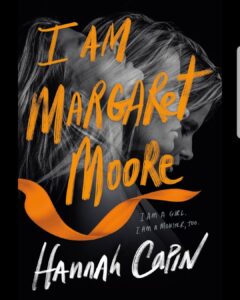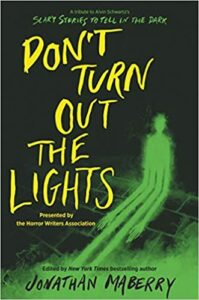I Am Margaret Moore by Hannah Capin
Wednesday Books, 2022
ISBN-13: 9781250239570
Available: Hardcover, Kindle edition ( Bookshop.org )
In comparison to the other two books I’ve read by Capin (Foul is Fair, retitled Golden Boys Beware, and The Dead Queens Club) I Am Margaret Moore is more experimental, slower- moving, and more pessimistic. Margaret Moore has attended the same naval-themed summer camp with her friends Flor, Nisreen, and Rose for nine years, and what happens at camp is supposed to stay at camp. Margaret breaks that rule when she falls in love with a boy from a wealthy family, resulting in an inconvenient pregnancy. Now there are stories that she drowned in the lake from heartbreak.
Her friends have uncovered most of the story, including the name of the boy responsible, who has faced no consequences and is admired in the camp. They decide to tell what they know but it backfires on them. Flor and Nasreen, who are in love, are separated, and the names of all four girls are stricken from the camp records.
Margaret’s ghost narrates most of the story and isn’t great at keeping track of time or stringing events together coherently. It is unclear through most of the book how much time is passing until the end (62 years). Figuring out what actually happened is complicated by the changing stories about Margaret the campers tell as time passes as well as the jumping around in time and Margaret’s unreliable memories and interpretations of events.
This was not an easy book to read, not just because the characters felt ephemeral, the stream-of-consciousness style of writing or because the topic was difficult and heartbreaking but because it took time to piece together what actually happened and how. In many ways this book is as much about the way we tell stories and how they change as anything. Those readers looking for a fast-paced, straightforward narrative aren’t going to find it here.
Margaret and her friends are made to feel small, worthless, erased for the convenience of the entitled white guys in this timely book. The story at the center of the book takes place in 1957. That abortion wasn’t an option for Margaret Moore leads to tragedy. It could not be more timely, with today’s Supreme Court decision at hand.
Recommended, for readers willing to take their time.







Follow Us!